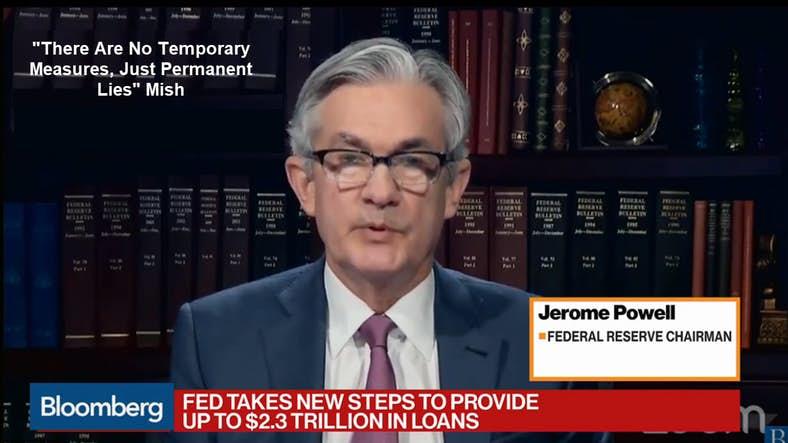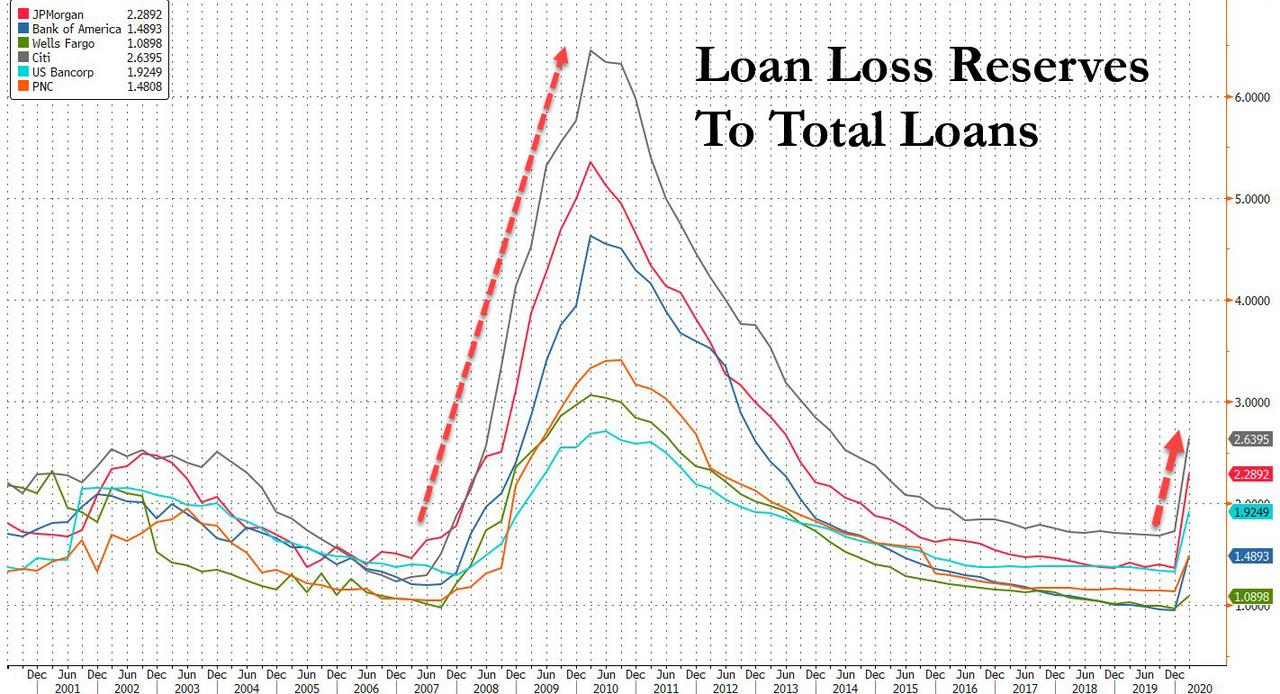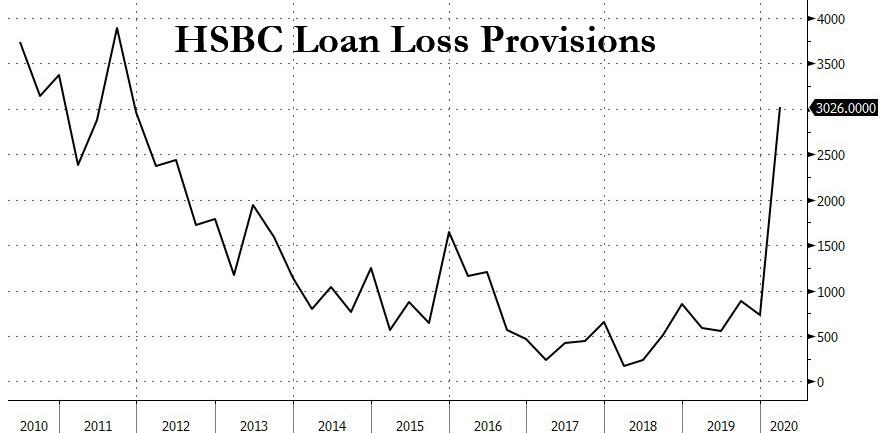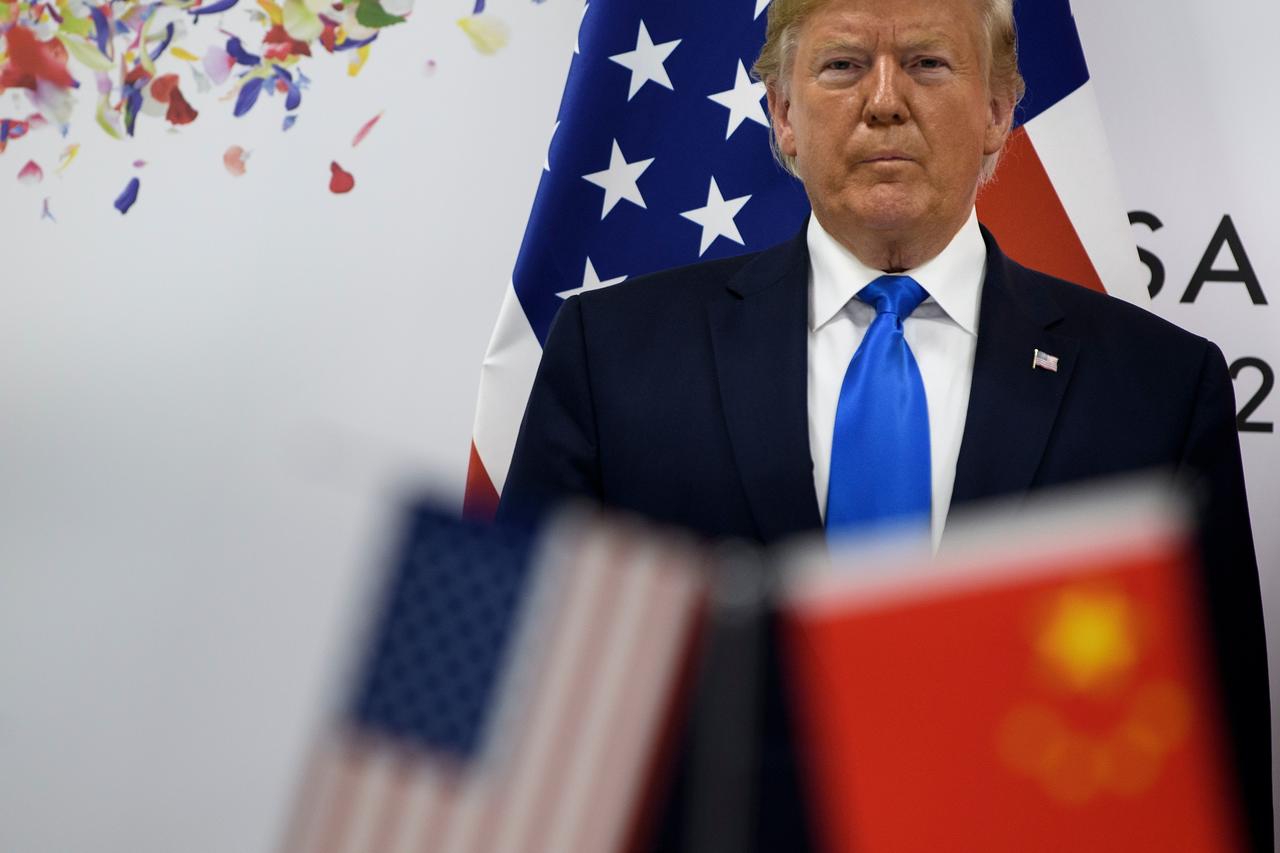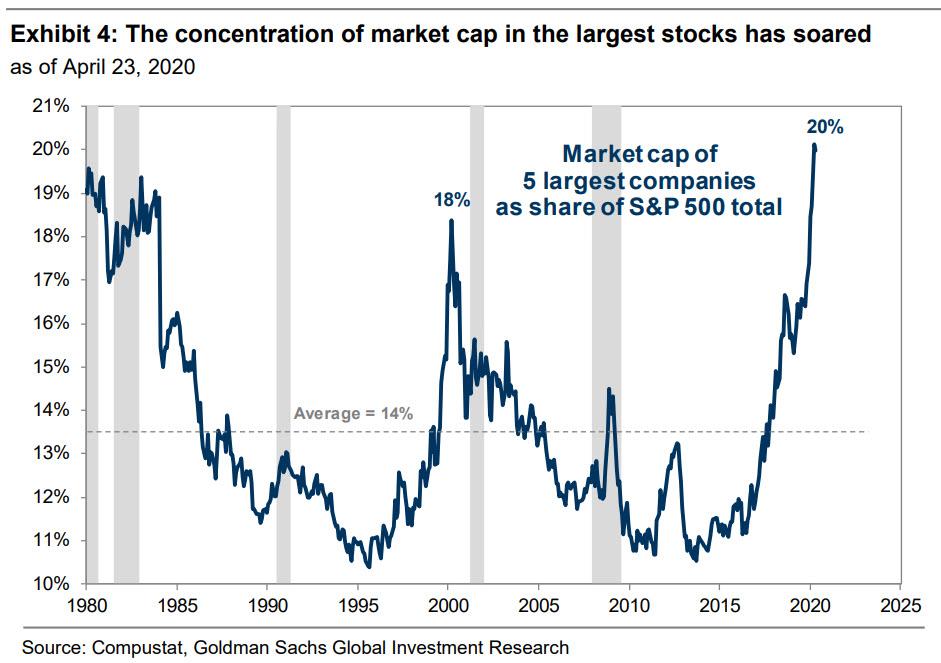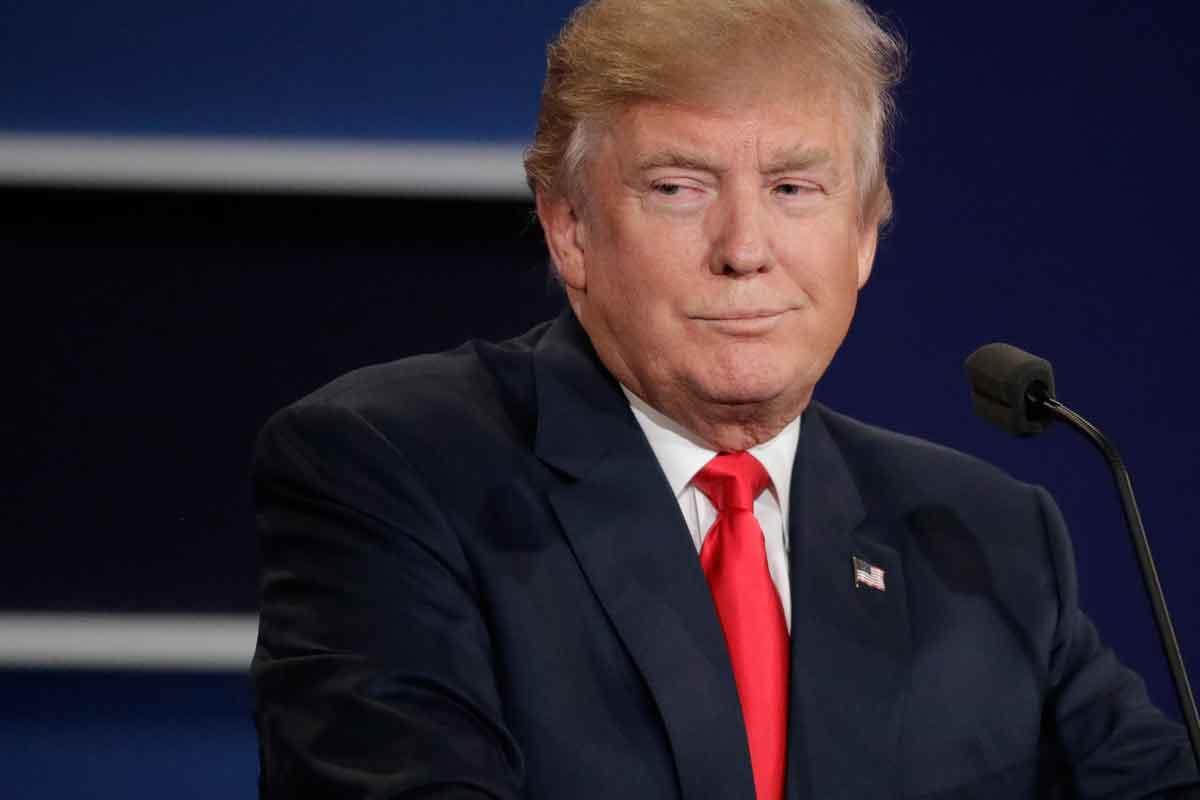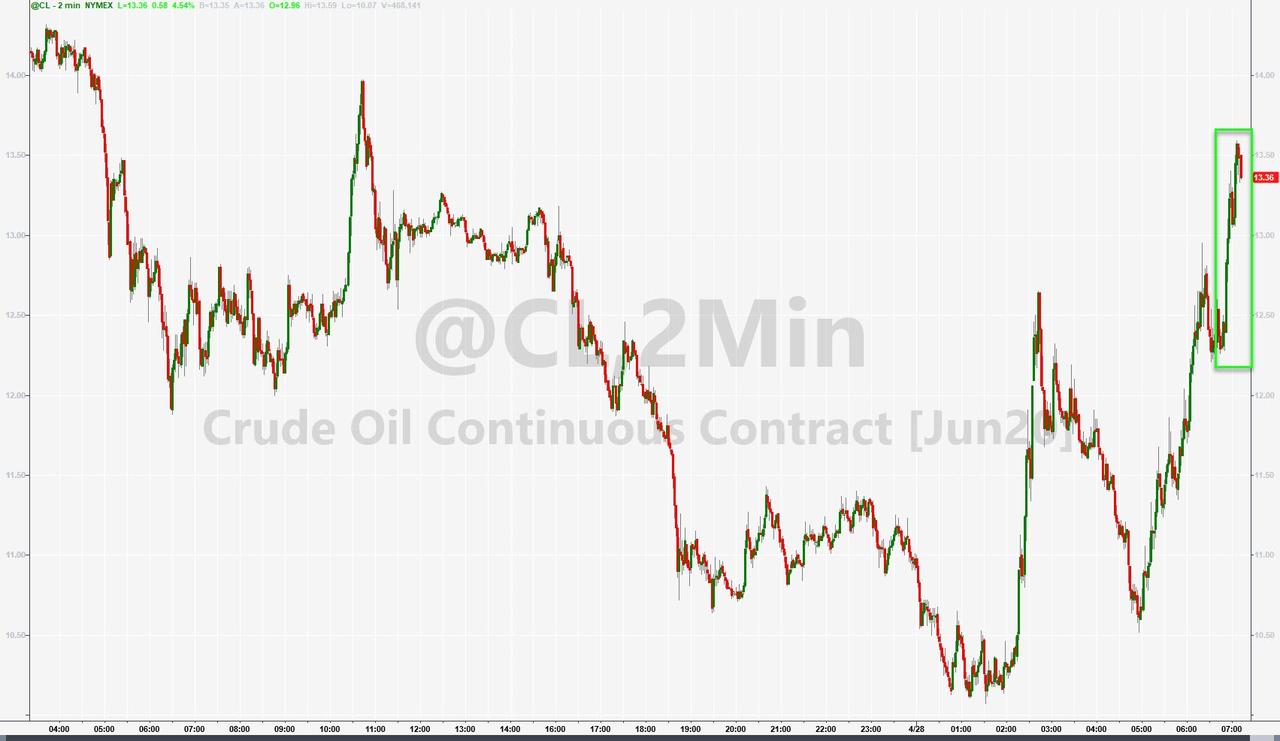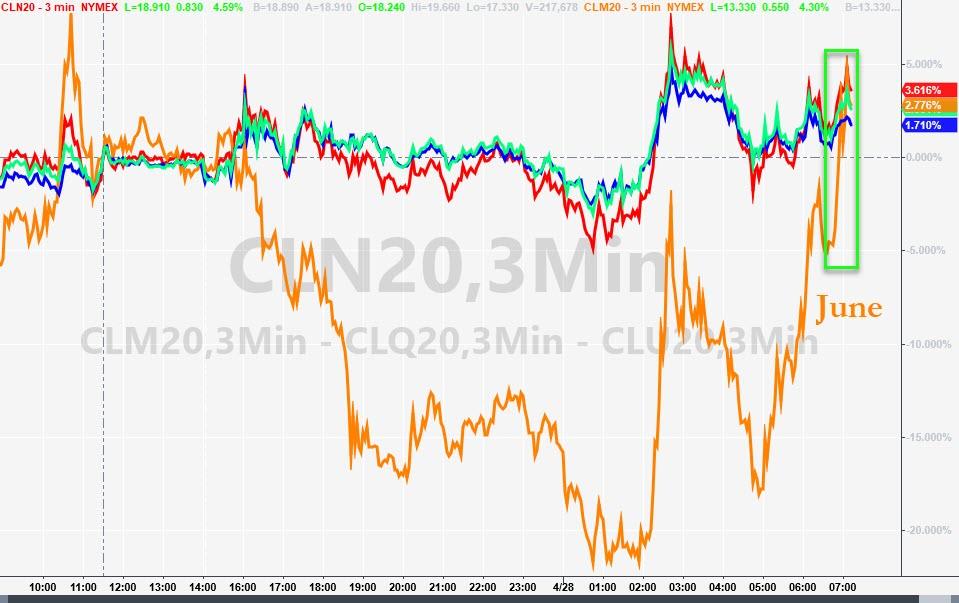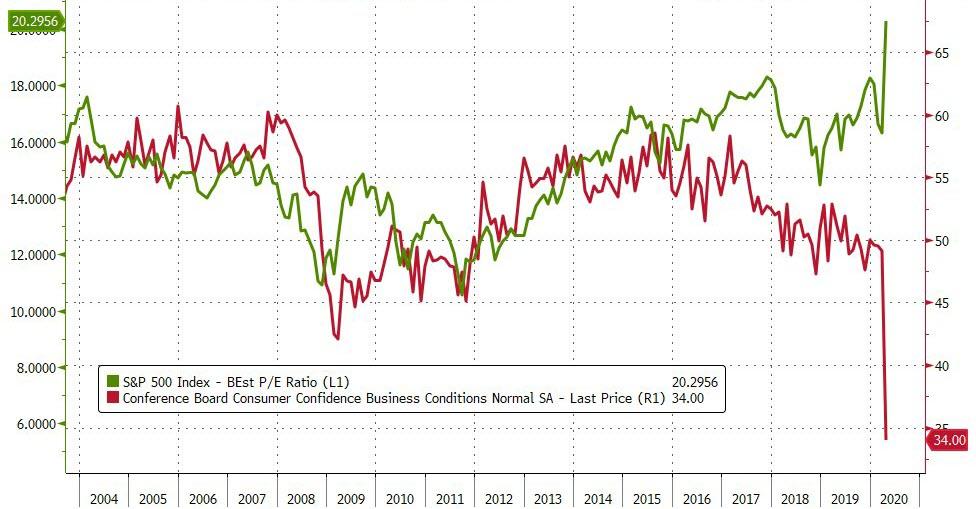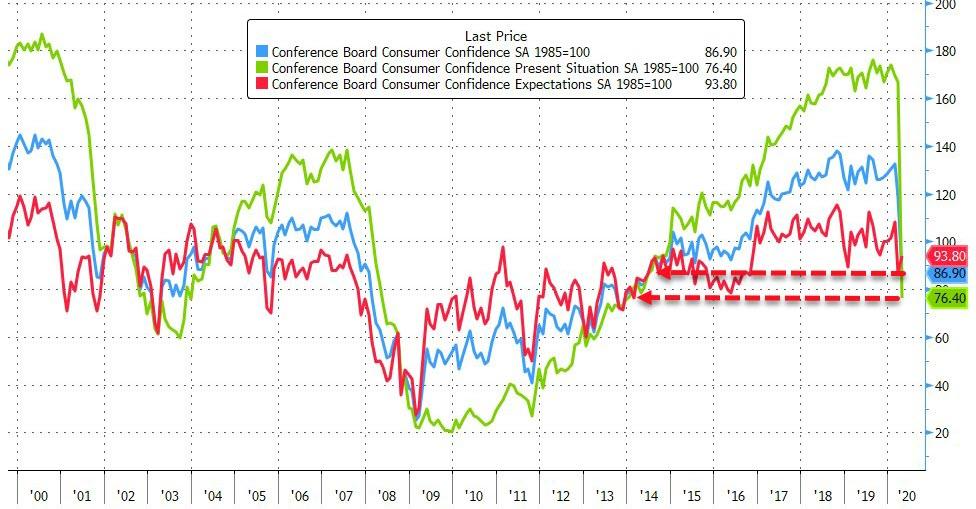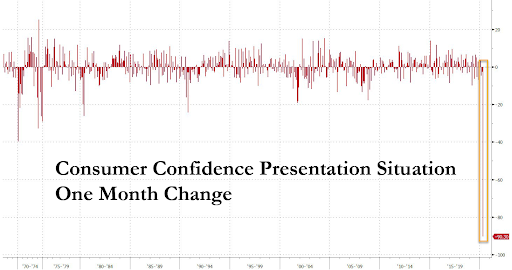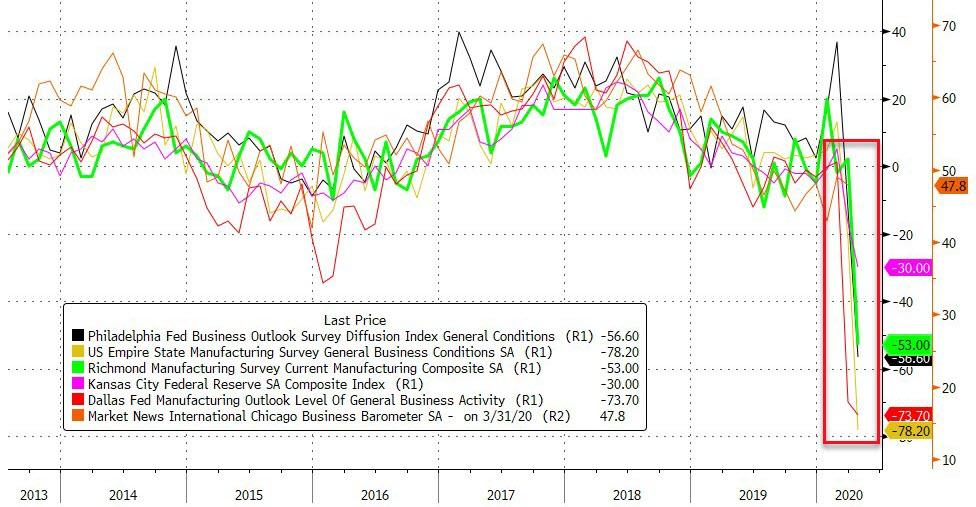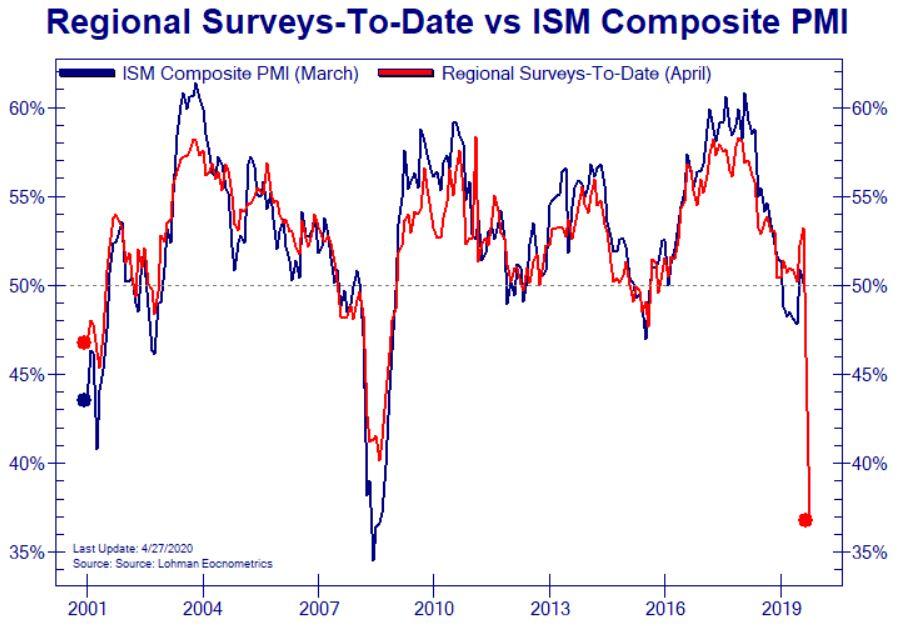“For the purpose of creating conflict and confusion, some in the Fake News Media are saying that it is the Governors [sic] decision to open up the states, not that of the President of the United States & the Federal Government. Let it be fully understood that this is incorrect,” President Donald Trump tweeted recently, referring to his push to reopen the country’s economy after broad COVID-19 shutdowns were put in place. “It is the decision of the President, and for many good reasons.”
That’s false thanks to federalism—which couldn’t be more evident in the piecemeal reopening approach currently on display across the U.S.
As more and more states prepare to relaunch their economies, robust testing will perhaps be the most crucial tool to monitor and curb the spread of the coronavirus. “You can’t just take the national number and scale it to states by their population,” said Ashish Jha, director of the Harvard Global Health Institute, to STAT. “You have to base it on the size of the outbreak in a state,” explained Jha.
According to a study conducted by Harvard researchers and STAT, many states that are set to reopen are doing well on that front. Some are not.
Here’s a look at plans to reopen.
Tennessee
The “vast majority” of businesses will be permitted to resume operations on May 1, according to Gov. Bill Lee (R) with enhanced social distancing guidelines in place. Restaurants opened for dine-in service today.
“Social distancing must continue, but our economic shutdown cannot,” he said in a statement. “While I am not extending the ‘Safer at Home’ order past the end of April, we are working directly with our major metropolitan areas to ensure they are in a position to reopen as soon and safely as possible. Social distancing works, and as we open up our economy, it will be more important than ever that we keep social distancing as lives and livelihoods depend on it.”
The state has a confirmed total of 9,918 COVID-19 cases, with 184 deaths. They are meeting adequate testing thresholds.
Mississippi
Gov. Tate Reeves (R) issued a “safer-at-home” order effective Monday, which allows previously-closed retail stores, strip malls, and shopping centers to reopen if they decrease foot traffic in individual stores by 50 percent and provide hand sanitizer when customers come inside. Gyms, theaters, barbershops, and salons will remain shuttered; bars and restaurants can continue to serve patrons via curbside service.
“I’ve been in contact with small and large businesses across the state, and what we have found is that the vast majority of businesses are taking extra steps and extra precautions,” said Reeves. “We anticipate that when retail stores open that small business owners are going to continue to take without question, they are going to take necessary precautions.” The governor is also urging the use of face masks in public spaces, though it’s not required.
The state has a confirmed total of 6,094 COVID-19 cases, with 229 deaths. They are meeting adequate testing thresholds.
Georgia
Gyms, bowling alleys, salons, and massage therapists were allowed to reopen for business on April 24, so long as they adhere to social distancing rules and temperature screen employees. Theaters and private clubs are permitted to follow suit starting Monday, along with restaurants if those establishments abide by 39 coronavirus-related dine-in standards.
“By taking this measured action, we will get Georgians back to work safely, without undermining the progress we all have made in this battle against COVID-19,” Kemp said at a press conference last week. “Today’s announcement is a small step forward and should be treated as such.”
The state has a confirmed total of 24,551 COVID-19 cases, with 1,020 deaths. They are failing to meet adequate testing thresholds.
Alaska
Restaurants and retail stores were given the green light to reopen on April 24, though they must reduce capacity to 25 percent. Hair salons, barbershops, and nail salons are likewise allowed to accept clients again. All businesses must obey a set of rigorous safety standards.
“Alaska’s many local businesses and industries are vital to the economic health of the state, and I am pleased that our efforts to protect the health and well-being of Alaskans are showing statistics that allow us to reopen business,” said Gov. Mike Dunleavy (R) in a statement. “Many Alaskans may be able to return to work and participate in activities they enjoy.”
The state has a confirmed total of 345 COVID-19 cases, with 9 deaths. They are meeting adequate testing thresholds.
Montana
Gov. Steve Bullock (D) is spreading out the state’s reopening over several weeks. Places of worship were allowed to welcome congregants starting yesterday as long as family groups sit 6 feet apart. On Monday, retail locations resumed business with social distancing mandates and worker health screenings put in place. Restaurants and bars can receive customers for dine-in starting May 4 if they implement a social distancing plan, reduce capacity by 50 percent, and close by 11:30 p.m. Gyms will stay closed.
“We have flattened that curve and saved lives,” Bullock said in a press briefing last week, though he noted that “the new normal is going to look different.”
The state has a confirmed total of 449 COVID-19 cases, with 14 deaths. They are meeting adequate testing thresholds.
Oklahoma
Hair salons, barbershops, spas, and nail salons were the first to restart after Gov. Kevin Stitt (R) gave them the green light to open on April 24. They may operate by appointment only. Gyms, restaurants, theaters, sports venues, and houses of worship may resume operations on May 1; bars will follow on May 15 if hospitalizations are “manageable.” All will have to adhere to social-distancing and sanitation guidelines.
“We will do this safely, responsibly, and based on the data in the state,” Stitt said in a press conference last week.
The state has a confirmed total of 3,280 COVID-19 cases, with 197 deaths. They are meeting adequate testing thresholds.
Colorado
Gov. Jared Polis (D) issued a “safer-at-home” order that permits non-critical retail businesses to offer shopping via curbside pickup as of Monday. Those same retail businesses—along with barbershops, salons, and pet groomers—may reopen their doors for customers on May 1 with sanitation and social distancing measures in place. Real estate showings and elective surgeries were allowed to resume yesterday.
Restaurants might reopen in mid-May or later, though Polis is waiting it out. “So, people say this. Why salons, not restaurants? We get that people are touching other people in salons. These are one on one services. Restaurants, 30, 40, 50 people depending on how big it is. Bars, even more,” Polis said in a press conference last week. “When you have 50-60 people in an enclosed area, it’s a very different risk to everybody than one on one services. So this first round is one-on-one services.”
The state has a confirmed total of 13,879 COVID-19 cases, with 706 deaths. They are failing to meet adequate testing thresholds.
South Carolina
Many retail stores—such as those that sell flowers, sporting goods, furniture, music, books, flowers, and clothing—as well as flea markets were permitted to reopen on April 20, the earliest date that such regulations were relaxed. Those establishments are required to operate at 20 percent capacity. As of April 21, beaches are also open to the public.
Though Gov. Henry McMaster (R) was one of the first to push for reopening, he remains cautious. “We’re not out of this yet,” McMaster told reporters on Sunday, prior to issuing another state of emergency today. “We went into this in a smart way with targeted hotspots, so we do not have the burden that some other states have in business closure, but we’re still facing a very serious disease and contagion.”
The state has a confirmed total of 5,613 COVID-19 cases, with 177 deaths. While the state is close, they are failing to meet adequate testing thresholds.
Minnesota
Gov. Tim Walz (D) took a different approach when he announced that he would let employees in agriculture, industrial, and office settings head back to work starting Monday, targeting industries that don’t have client-facing interactions.
“This is a limited first step in the process of safely reopening some businesses and returning Minnesotans to work,” Walz said in a press conference last week, estimating that 80,000 to 100,000 Minnesotans would be allowed to return to work.
The state has a confirmed total of 3,816 COVID-19 cases, with 286 deaths. They are failing to meet adequate testing thresholds.
Texas
The Lone Star State is the latest to announce plans to reopen. Gov. Greg Abbott (R) announced that he will permit restaurants, malls, movie theaters, libraries, and museums to resume operations at 25 percent capacity. May 18 will see businesses expand that capacity to 50 percent should the state experience no COVID-19 flare-up.
“Now it’s time to set a new course, a course that responsibly opens up business in Texas,” Abbott said in a press briefing yesterday. “Just as we united as one state to slow COVID-19, we must also come together to begin rebuilding the lives and the livelihoods of our fellow Texans.”
The state has a confirmed total of 25,786 COVID-19 cases, with 688 deaths. They are meeting adequate testing thresholds.

from Latest – Reason.com https://ift.tt/3cWp8S4
via IFTTT
